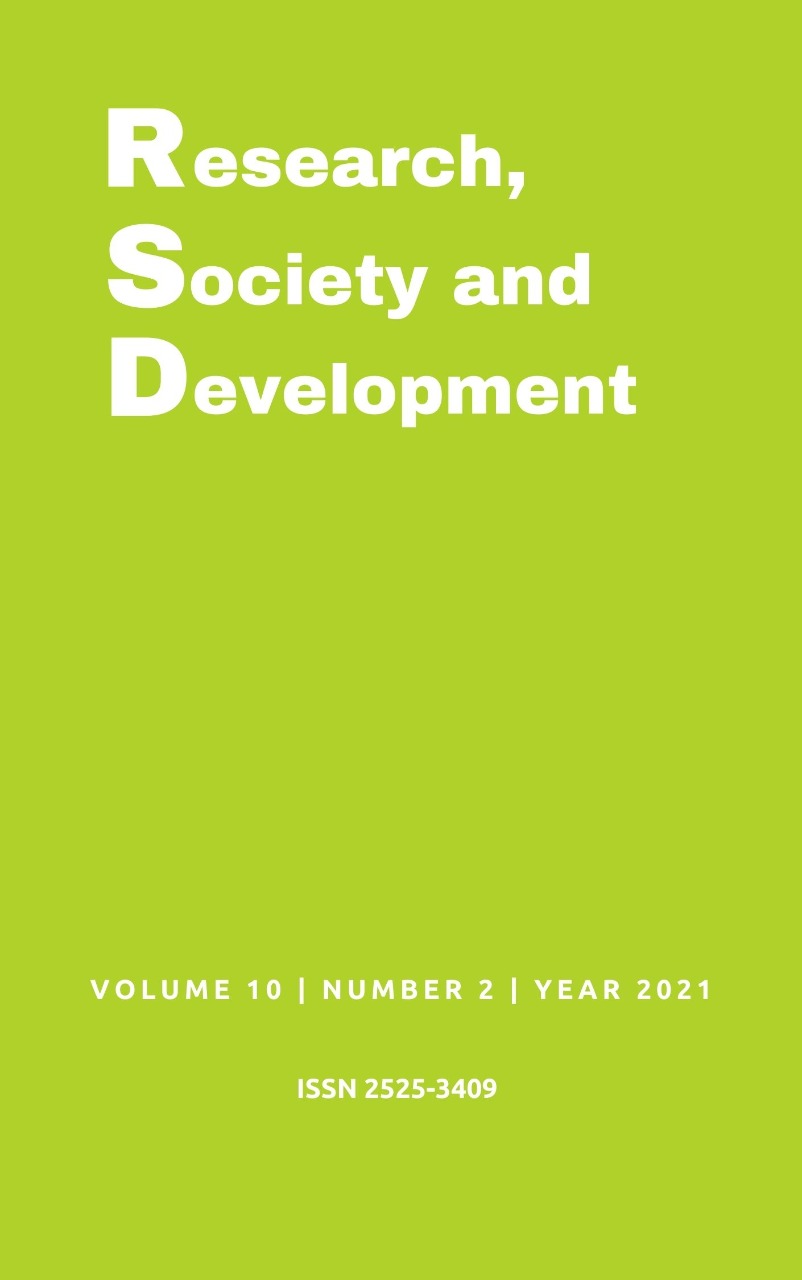Segunda ley de Newton: teoría versus aplicación en la vida cotidiana
DOI:
https://doi.org/10.33448/rsd-v10i2.5727Palabras clave:
Diario, Didáctica de la física, La segunda ley de Newton.Resumen
El presente trabajo tiene como objetivo principal despertar en los estudiantes un interés en la física y sus fenómenos naturales, para que el estudiante tenga más curiosidad por observar su vida diaria y asociar la física con su vida. Las leyes de Newton están muy presentes en nuestra vida diaria, ya que abordan los conceptos de fuerza y masa. Todos los días observamos varios tipos de movimiento: MRU, MRUV, MCU, etc., movimientos que cambian de un momento a otro. Estos cambios en el movimiento están determinados por la fuerza resultante y la masa de los cuerpos, generando así una aceleración. La ley física responsable de explicar tal fenómeno es la segunda ley de Newton. Para llevar a cabo este trabajo, se aplicará un cuestionario a la clase de secundaria de 3 años en el Centro de Ensino Josélia Ramos de Almeida, en São João dos Patos - Maranhão. Los estudiantes observarán todos los fenómenos físicos durante su rutina, dentro de una semana. Y luego asociarán qué fenómenos están relacionados con la segunda ley de Newton, pudiendo comprender que las explicaciones de muchas actividades realizadas, muchos fenómenos que ocurren y son parte de su vida diaria pueden explicarse por la física. Los resultados obtenidos fueron satisfactorios, ya que los estudiantes aceptaron el trabajo y estaban muy interesados en participar en él. Pudieron ver la física a su alrededor, pudieron demostrar que la física es realmente parte de su vida cotidiana.
Referencias
Araújo, F. L. (2008). Laboratórios didáticos de física em nível médio na região de Ituiutaba-MG: Levantamento dos recursos e proposta de atividades. USP.
Araújo, L. N.. (2014). O ensino de física e a tecnologia a partir das Leis de Newton. Brasília: UnB.
Bonadiman, H; & Nonenmacher, S. E. B. (2007). O gostar e o aprender no ensino de física: uma proposta metodológica. Rio grande do Sul: UNIJUÍ.
Coelho, F. (2014). Física. Juiz de fora: UFJF.
Garcia, V. G. (2010). A gravitação universal na filosofia da natureza de Isaac Newton. UFP.
GREEF. (1998). Leituras de Física. São Paulo: USP.
Luz, A. M. R. (2013). Física contexto e aplicações: ensino médio.Scipione
Menezes, L.S.. (2016). Sequência didática para aprendizagem ativa das Leis de Newton. Sergipe: UFS.
Miranda, W.. L. A. (2014). Física geral I. IFB.
Pinto Neto, A. P. (2002). Notas de aula da disciplina mecânica teórica I. São Luís: UFMA.
Oliveira, R. A. P de. (1967). Isaac Newton. UFPB, abril de 2009. OREAR, Jay. Peso e massa.
Pietrocola, M. (2001). Ensino de Física. UFSC.
Rodrigues, G. O. (2016). Estágio supervisionado em ciências – um relato de experiências.: UEPB.
Silva, R. T. (2016). Notas de aula de física.
Silva, C. X.. (2008). Física aula por aula. Vol1,: FTD
Trivinos, A. N. S. (1987). Introdução à pesquisa em ciências sociais: a pesquisa qualitativa em educação. Editora – Atlas
Descargas
Publicado
Número
Sección
Licencia
Derechos de autor 2021 Antonio Marques Santos, Jade Souza da Silva

Esta obra está bajo una licencia internacional Creative Commons Atribución 4.0.
Los autores que publican en esta revista concuerdan con los siguientes términos:
1) Los autores mantienen los derechos de autor y conceden a la revista el derecho de primera publicación, con el trabajo simultáneamente licenciado bajo la Licencia Creative Commons Attribution que permite el compartir el trabajo con reconocimiento de la autoría y publicación inicial en esta revista.
2) Los autores tienen autorización para asumir contratos adicionales por separado, para distribución no exclusiva de la versión del trabajo publicada en esta revista (por ejemplo, publicar en repositorio institucional o como capítulo de libro), con reconocimiento de autoría y publicación inicial en esta revista.
3) Los autores tienen permiso y son estimulados a publicar y distribuir su trabajo en línea (por ejemplo, en repositorios institucionales o en su página personal) a cualquier punto antes o durante el proceso editorial, ya que esto puede generar cambios productivos, así como aumentar el impacto y la cita del trabajo publicado.


